Irix Edge Filters Review
Dustin Abbott
April 7th, 2019
Irix made their mark with a bevy of well-received wide angle lenses, including a super-wide-angle 11mm F4 lens along with a 15mm F2.4 that I reviewed last year. Their most recent lens release has set their sites in a different direction – a telephoto macro lens. The Irix 150mm F2.8 1:1 Macro is a very intriguing lens featuring a longer-than-usual focal length, a large maximum aperture, and Irix’ signature quality build. It’s already caught the attention of the industry and has received the iF Design Reward for 2019 – an impressive achievement! You can find my review of the Irix 150M here. But Irix has embraced a more holistic approach to their lens design, recognizing that photographers also need filter systems and solutions to help create compelling images. A good filter used properly can really expand your artistic options and is worth investing in. The Irix EDGE filters are nicely made, reasonably priced options that are solid alternatives to the well-known filter brands Join me for a closer look at the Irix Edge filters and to determine if they just might be the filters for you (shot below taken with the EDGE CP-L filter mounted on a Fujinon XF 16-55mm F2.8).
Check me out on: Patreon | Sign Up for My Newsletter | Instagram | Facebook | Twitter | Flickr | 500px
Prefer to watch your reviews? Take a look at my video review here:
Images of the Irix Edge Filters
One nice thing about Irix EDGE filters is the fact that Irix sells a lens with a 95mm front filter thread (15mm F2.4), which means that larger filter sizes are on Irix’ radar. I see filters in most all sizes between 52mm and 95mm. I think their 95mm filters, in particular, are very competitively priced relative to the competition probably to help their 15mm F2.4 lens compensate for having such a large filter size.
The Irix Edge filters come in somewhat non-traditional packaging. Traditional filters come in smaller plastic cases with the filter sitting on a bit of foam and on display through the clear packaging, but the Irix EDGE filters come in a larger, slim plastic case with a card-stock like paper slider that has branding information and specs on it. The actual plastic case has an incorporated handle and clips open on the side. The filter itself sits in a molded dense foam that is shaped for the filter with two slots to allow one to easily grip the filter and bring it out.
The Irix Edge filters feature waterproof and oil repellent NANO coating prevent from stains, fingerprints and enable using in extreme weather conditions. The NANO coating is also anti-reflective, and is put on both sides of the optical glass in the filters to help minimize reflections (which can be an issue with some filters). They are very low profile filters, which is an important key to limiting vignette on certain lenses (like their 15mm F2.4 lens, for example). I tested a ND1000, a circular polarizer, and their proprietary new Light Pollution filter. The ND1000 was the slimmest at 3.5mm, followed by the light pollution filter at 4mm, and finally the circular polarizer at 5mm. The filters also have a nicely knurled edge that makes them easy to grip (and rotate in some cases).
The filters are (according to Irix) designed to compliment the aesthetics of the Irix lenses, though, to be fair, filters pretty much look like filters and I doubt you’ll notice much.
We’ll take a quick look at the individual filters, their purpose, and how they perform. I’ve used a lot of different filters over the years, and here are some of the things I look for:
- Color casts | some filters (particularly ND filters) tend to introduce a color cast to images. Obviously the more neutral the better here.
- Vignetting | this primarily comes down to the thickness of the filter
- Reflections and flare | some filters introduce more flare artifacts when shooting into a backlit scene.
- Clarity | putting a bad filter in front of a good lens is like smearing Vaseline on the front of the lens.
While there is some debate on this issue, I’ve personally moved away from using UV or protective filters. Most good lenses released in the past few years come with good, hard protective coatings on them that are resistant to scratching. It’s been well documented that digital sensors aren’t affected by UV light like film was, so that’s also a moot point. I’ve found that UV filters often introduce a weak link into flare resistance, for example, and I don’t consider the trade-off worth it. Your mileage may vary, and, if you want them, Irix sells UV filters in a wide variety of sizes.
Irix Circular Polarizing Filter
A circular polarizing filter is, I believe, the most important filter in a photographer’s kit. It can be used to help eliminate reflections and glare depending on where you rotate it to. Take, for example these two photos with a coach in the background. The leather surface of the couch is reflecting the sun from the window in the back. Because of the polarizing filter, I can choose how much of the reflection is there.
The difference in the two shots is simply the angle of rotation I dialed in with the filter. I will often use a CP-L to control the amount of reflectiveness on shiny surfaces like water or glass, too.
A CP-L can also be used to intensify a sky, giving photos a more contrasty look. I’ve done that with this shot of the Wyndam SeaWatch Plantation resort I stayed at in Myrtle Beach, South Carolina. The photo is essentially unedited in post; the effect was achieved in camera.
Above all, though, I love the additional punch that a CP-L gives to colors and contrast. It helps lenses become a little more “Zeiss-like” in their “pop”. You’ll be able to see what I mean in the gallery below:
Irix ND1000 Filter
Neutral Density filters are designed to limit the amount of light that reaches the sensor. There are a number of applications for this, including trying to set a certain frame rate for video, trying to lower shutter speed to sync with flash units or to use wide aperture lenses in bright light, or, most commonly, to allow for long exposure photography. Often a long exposure allows for a more visually interesting image where dynamic elements (skies or water) are smoothed out. Case in point is this photo underneath a pier. Without a filter, the chop and movement of the water makes for a slightly busy image.
Add a ten stop ND1000 filter and you can use a much longer exposure time, which smooths the water and creates a more visually interesting image.
My primary concern with ND filters (particularly “heavy” ones like the 10-stop ND filter I’m testing here) is that lower quality glass can introduce color casts (I’ve seen magenta and cyan casts most commonly). We can see that this wasn’t the case with the images above.
A secondary concern is that if a filter isn’t nice and slim, the longer exposure period really intensifies vignette. Fortunately that isn’t a problem with the EDGE filters, and I’ve not noticed any additional vignette when using the ND1000 filter on the wide angle 15mm lens. This image is a 30 second exposure taken with the Irix EDGE ND1000 filter on the Irix 15mm F2.4 lens. While the bare lens does have some vignette, I did not have to do any additional vignette correction with the filter attached, nor did I have to do any color balance correction.
The final concern is that filters can reduce clarity on an image if the optical glass isn’t high quality. A bad filter can make a great lens look like garbage. Fortunately, that’s not the case here. Here’s a more than 3 minute exposure I took of Niagara Falls using the Irix 15mm and the EDGE ND1000. As you can see from the roughly 125% crop, detail has held up exquisitely well.
Here’s a gallery with a few other images taken with the EDGE ND1000 filter.
Irix Edge Light Pollution Filter
The final filter that I looked at was Irix’s new Light Pollution filter. This filter reduces yellow light, helping to eliminate the murky, yellowish cast to images taken at night or in cities. The byproduct is a cooler, cleaner, more dynamic look that works well in the right situation. It’s definitely an improvement for astrophotography work:
When used in daylight, it creates a cooler image that has it’s own visual charm:
I don’t live in a major city, so my uses for this type of lens are fewer, but I did like the effect for some of my winter images as it gave them a cool, wintry look.
Here’s a few more from the Light Pollution filter (used on the Laowa 15mm F2 Zero D lens for Sony FE).
Price and Conclusion
My experience with the Irix EDGE filters has been very positive. They are not fancy or exotic, but they are well made, optically excellent, and extremely competitively priced. The 77mm Circular Polarizer that I tested can be had for only $65, the massive 95mm ND1000 for $130, and the 72mm Light Pollution filter I tested rings in at $122. Filters can become very expensive, but to get well-made filters with Nano coatings and great performance for this price helps eliminate some of the sting. Irix also makes a very reasonably priced square filter holder, which then opens the door to using ND grad filters effectively. In a broader sense, however, I also want to commend Irix for thinking about the big picture of how their lenses will be used. Often photographers buy lenses and then are left stuck when it comes to after-market filter solutions, but Irix is doing a good job of supporting their products and allowing photographers to get the best out of them…something not every lens maker does.
Thanks to Irix for the loaners!
Purchase the Irix Edge Filters @Irix | B&H Photo | Amazon | Amazon Canada | Amazon UK | Amazon Germany
Purchase the Irix 150mm F2.8 1:1 Macro @ B&H Photo | Amazon | Amazon Canada | Amazon UK | Amazon Germany | Ebay
Canon EOS 5D Mark IV (5D4): B&H Photo | Amazon.com | Amazon Canada | Amazon UK
Sony a7R III Camera: B&H Photo | Amazon | Amazon.ca | Amazon UK | Ebay
Sigma MC-11 Adapter: B&H Photo | Amazon | Amazon Canada | Amazon UK
Peak Design Slide Lite: Peak Design Store | B&H Photo | Amazon | Amazon Canada | Amazon UK
BenQ SW271 4K Photo Editing Monitor – B&H Photo | Amazon | Amazon.ca | Amazon UK
Adobe Photoshop Creative Cloud 1-Year Subscription
Alien Skin Exposure X4 (Use Code “dustinabbott” to get 10% anything and everything)
Visit Dustin’s Amazon Storefront and see his favorite gear

Purchasing your gear through B&H and these links helps fund this website and keeps the articles coming. You can also make a donation here if you would like. Visit my Amazon page for some of my gear of choice! Thank you for your support.
Great News! I can now offer a 5% discount on all purchases at Amplis Foto, Canada’s Leading Photographic Supplier. Please enter discount code: AMPLIS52018DA in your cart. It is good for everything in your cart, and is stackable with other coupons, too! It will take 5% off your entire order! Proceeds go towards keeping this site going and providing you with new reviews!
Check me out on: My Patreon | Sign Up for My Newsletter | Instagram | Facebook | Twitter | Flickr | 500px | Google+ |
Use Code “DUSTINHDR” to get $10 off ($15 CDN) any Skylum product: Luminar, Aurora, or AirMagic
Keywords: Irix Edge, Edge Filters, Edge, Irix, Review, Dustin Abbott, Circular Polarizer, UV, Neutral Density, ND1000, Light Pollution, Irix 150mm, 150mm Macro, Irix 150 Macro, Irix 150mm Macro, Irix 15mm, Long Exposure, Irix 11mm, 15mm, 11mm, Irix 15, Irix 11, Reflections, Sample Images, Video Test
DISCLAIMER: This article and description contains affiliate links, which means that if you click on one of the product links, I’ll receive a small commission. As an Amazon Associate I earn from qualifying purchases.










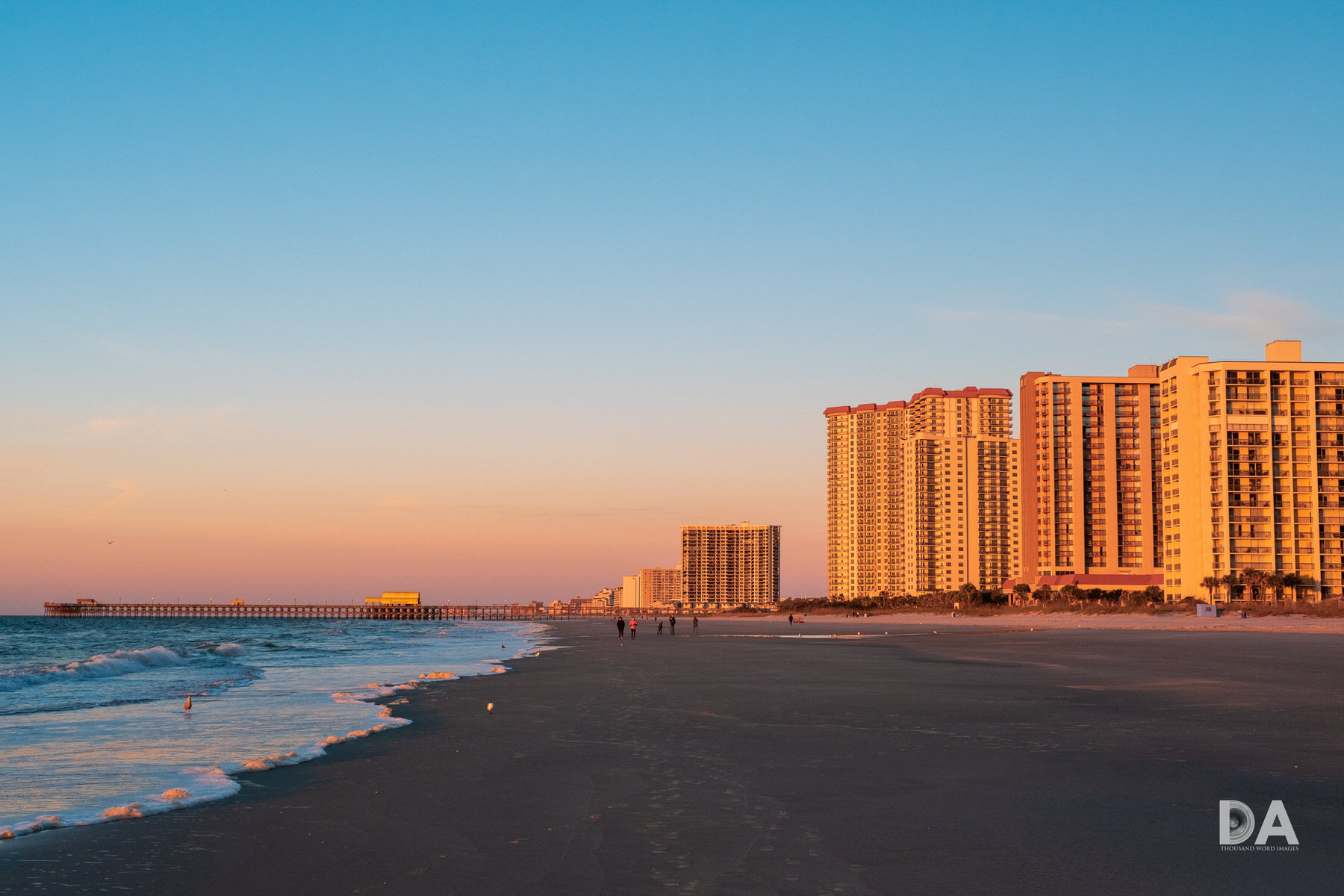
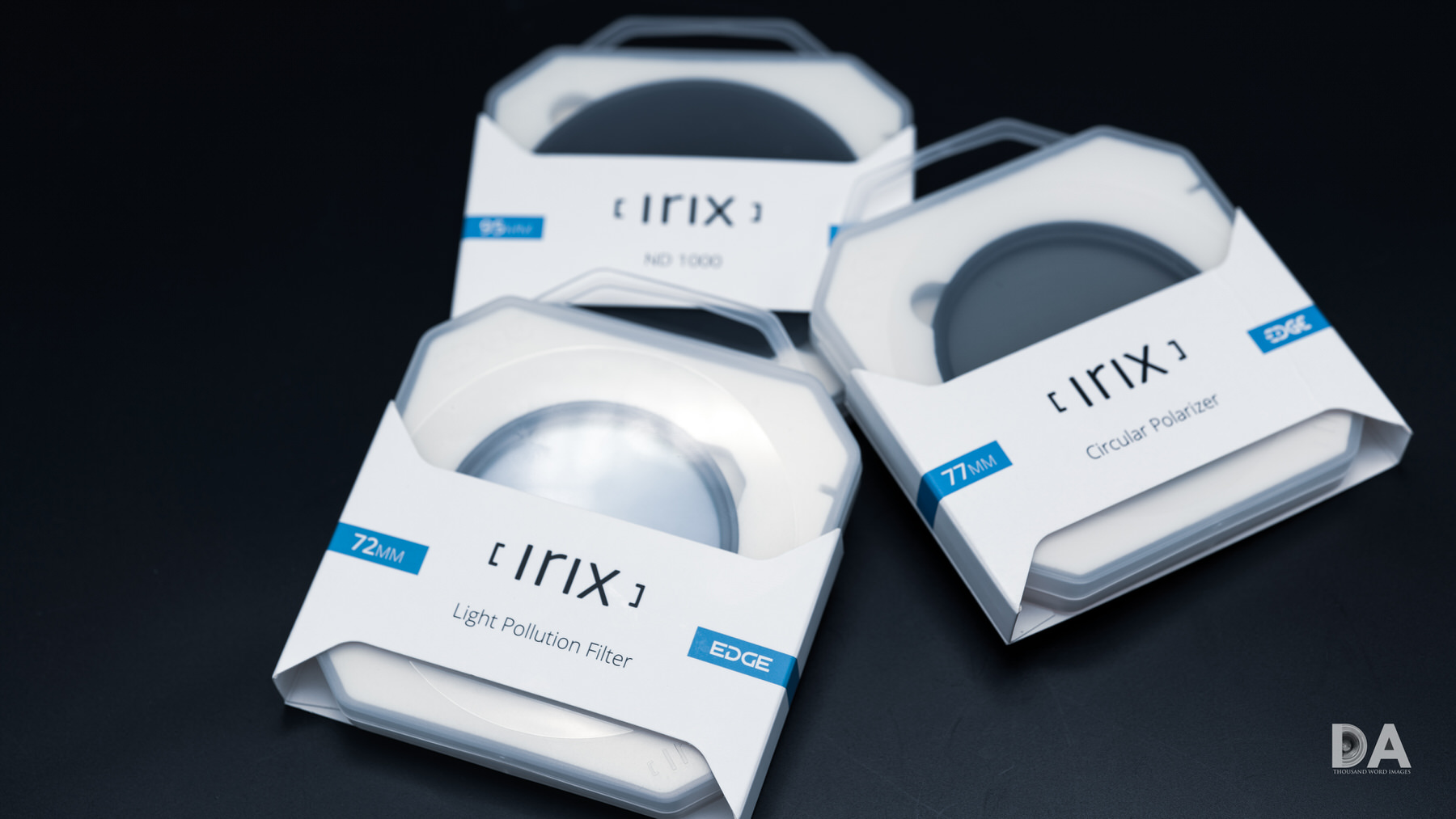
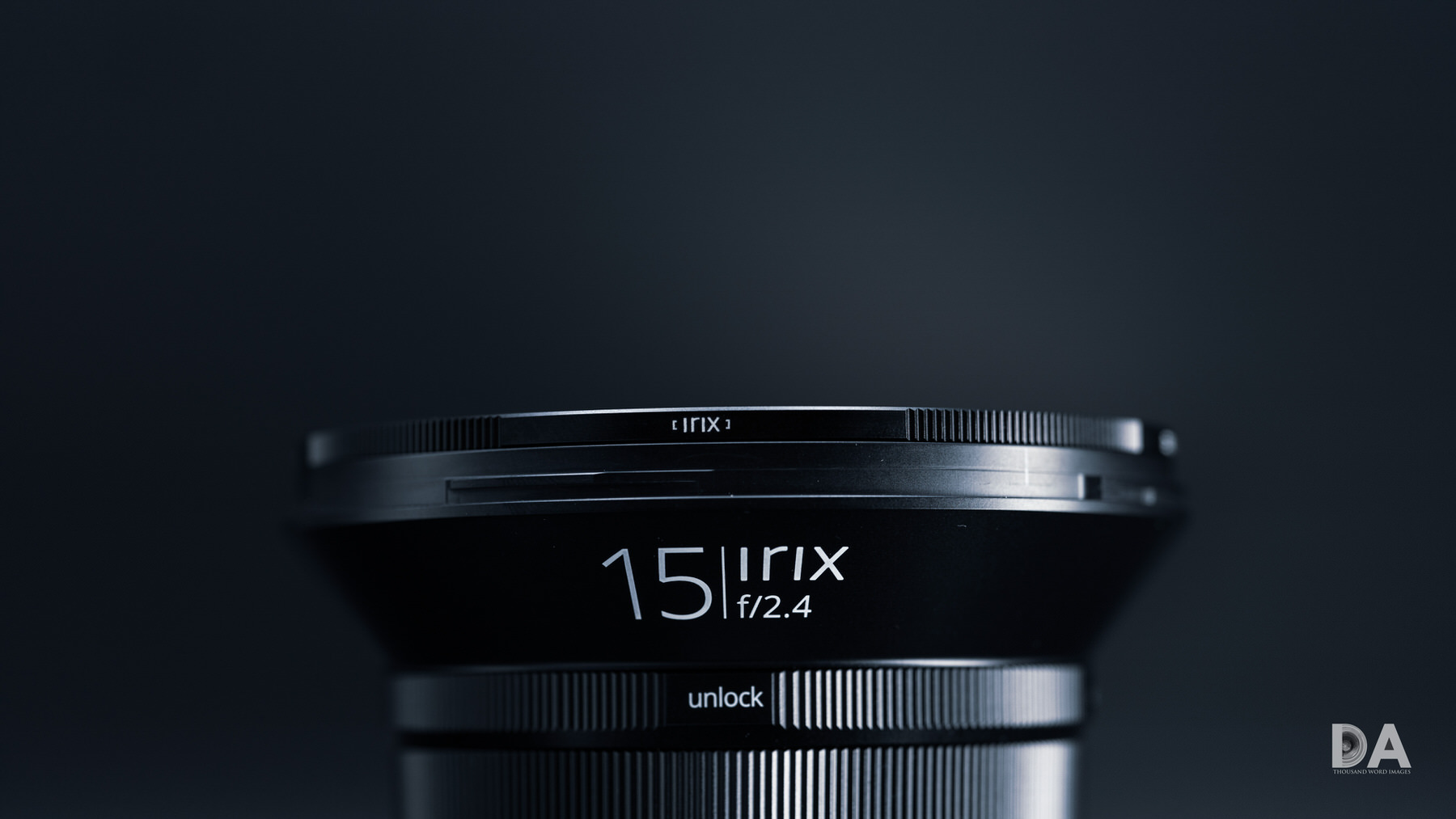
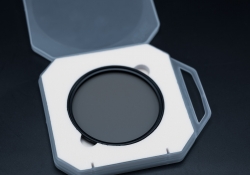
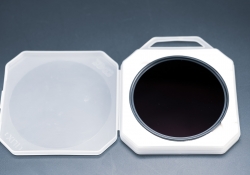
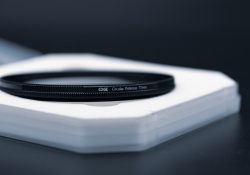
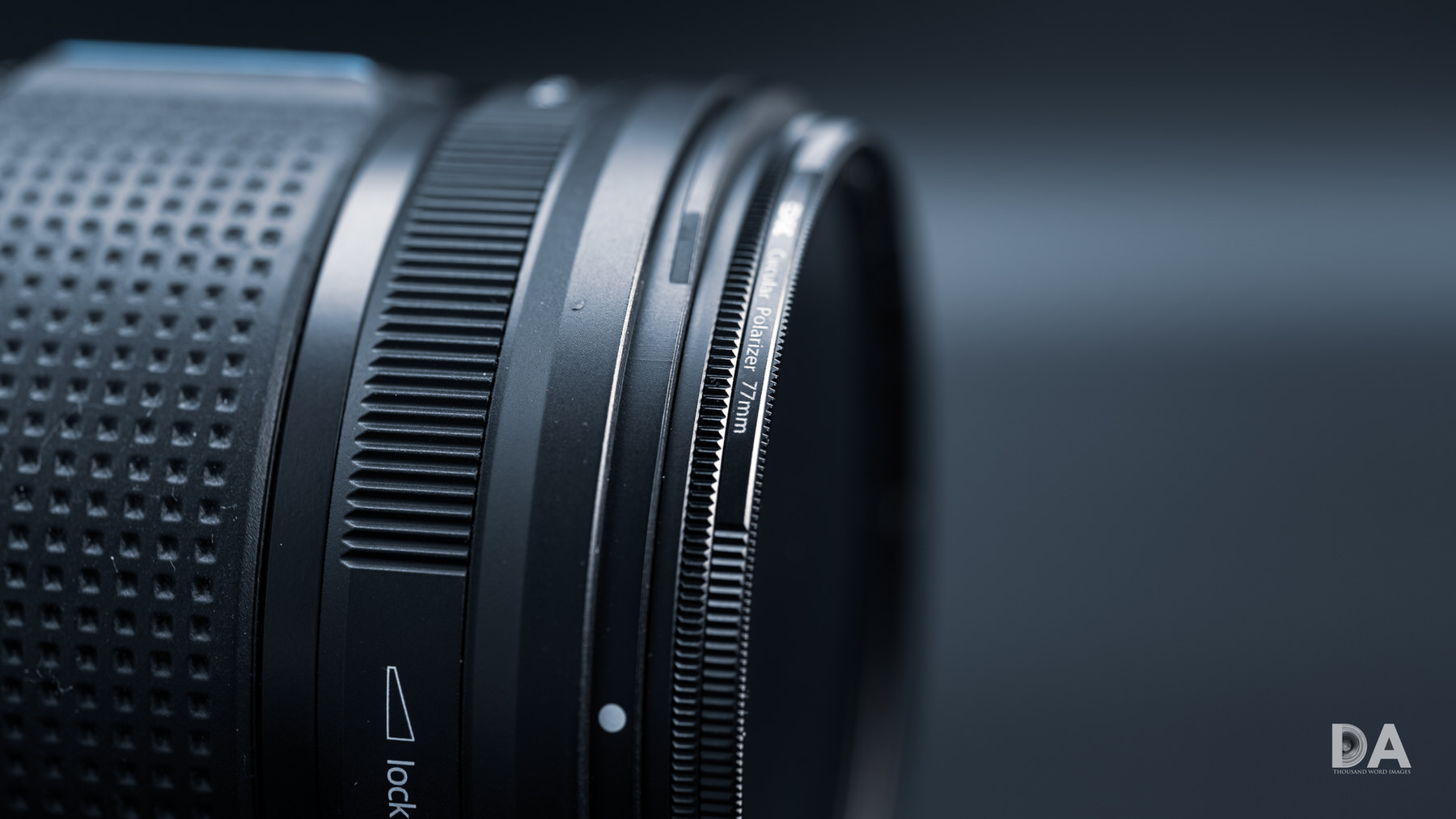
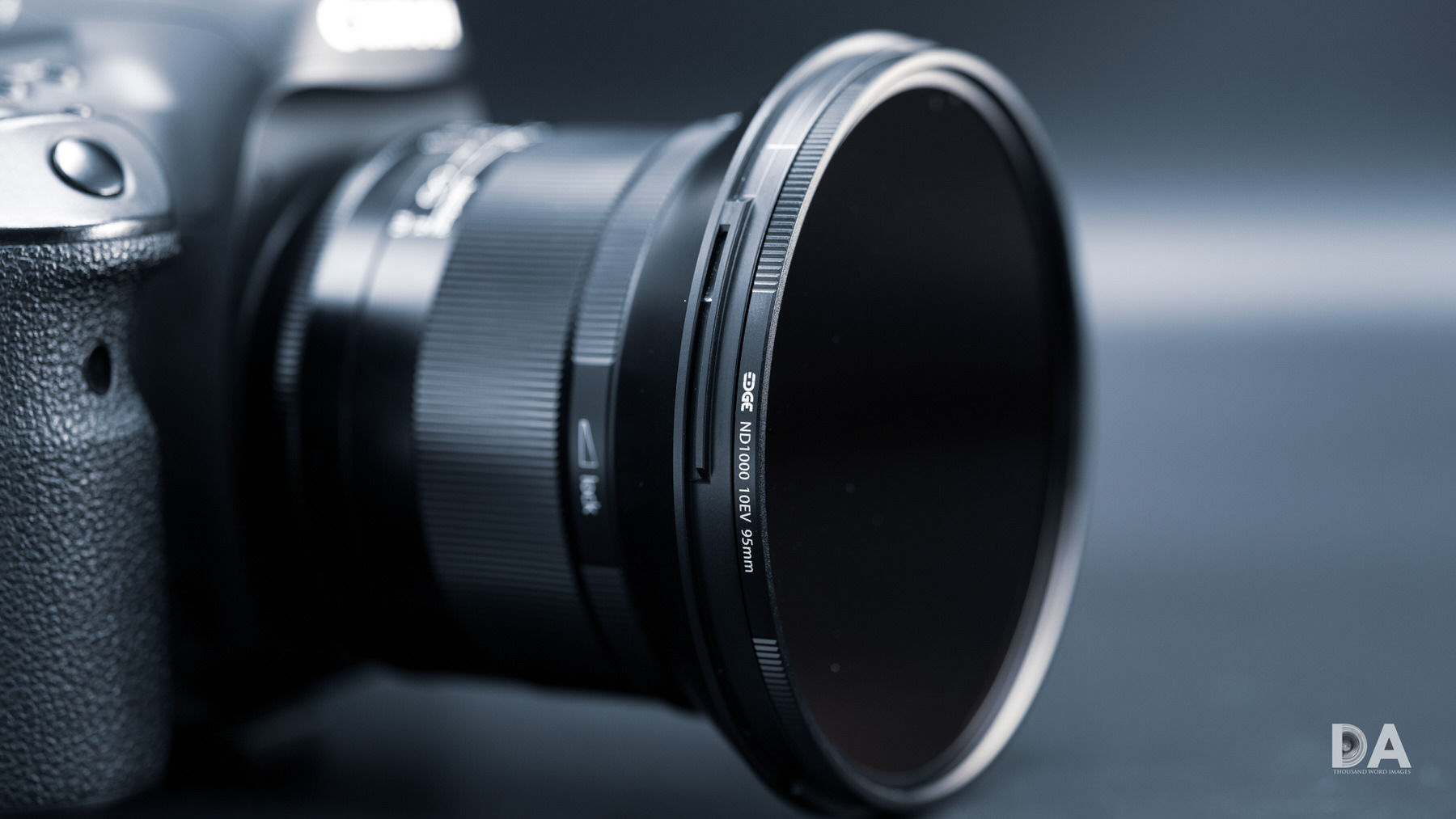


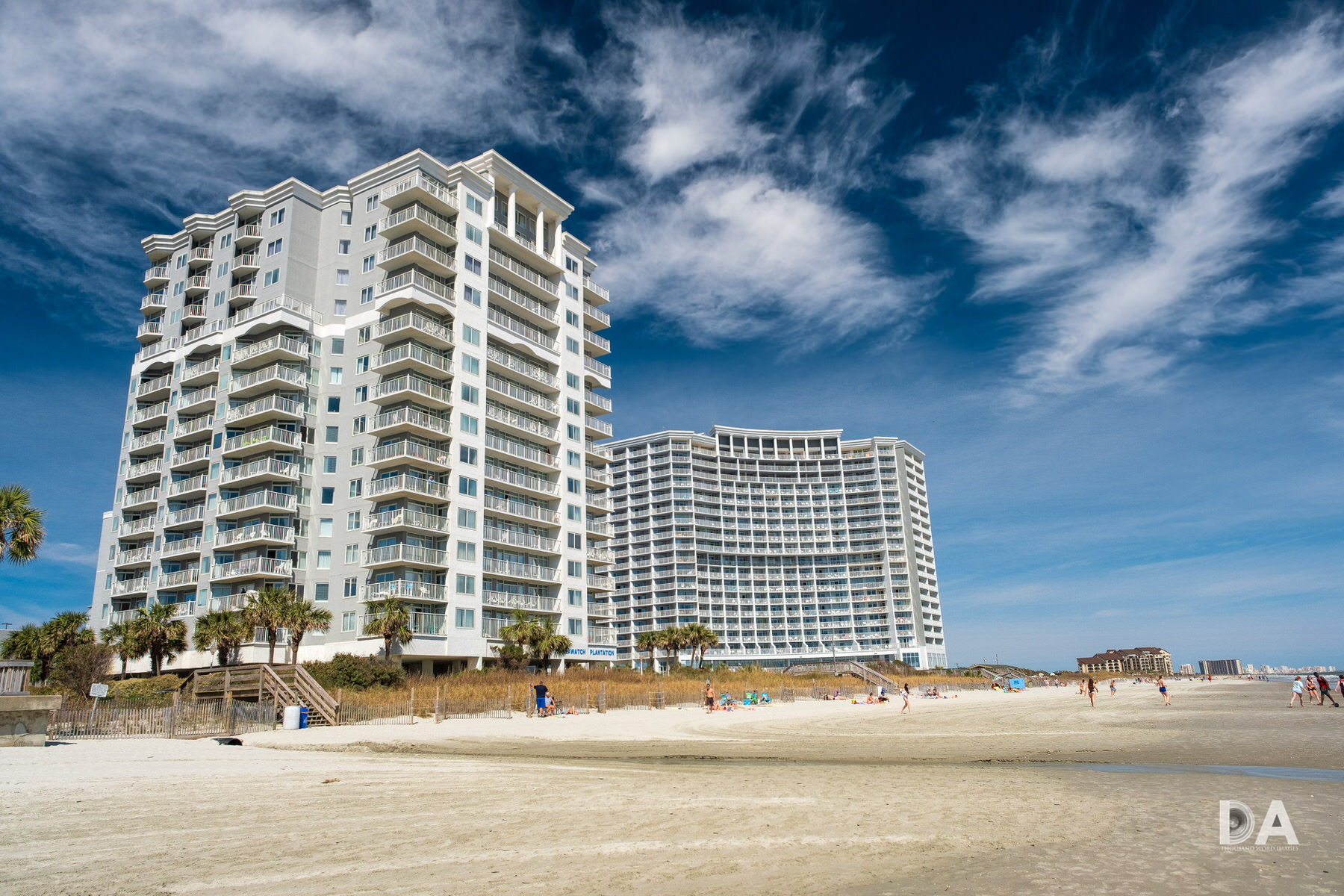


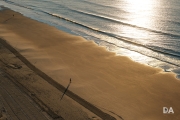

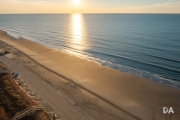
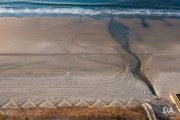
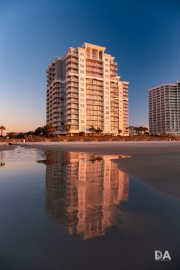












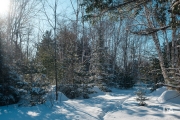

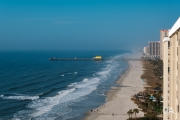



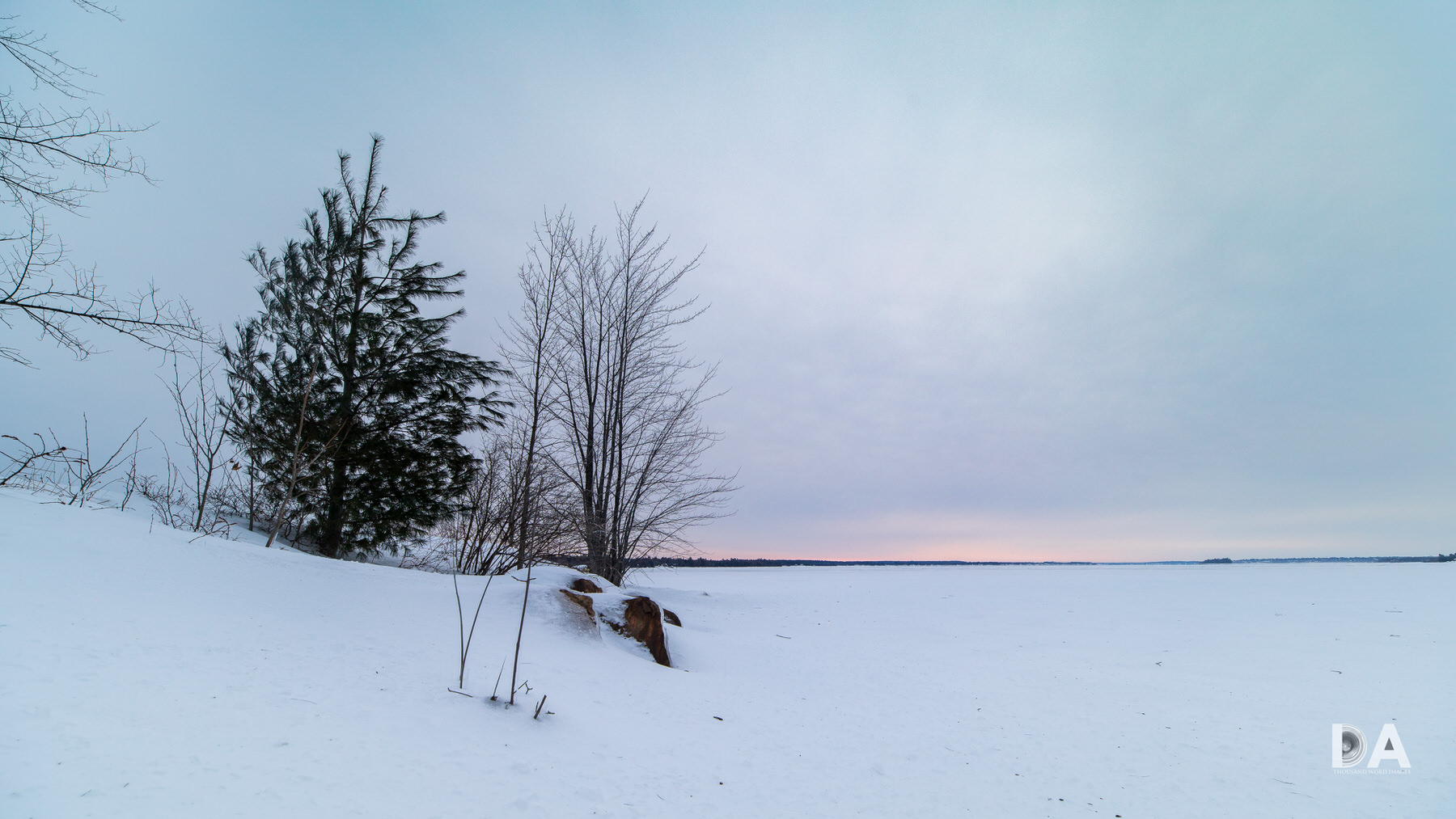
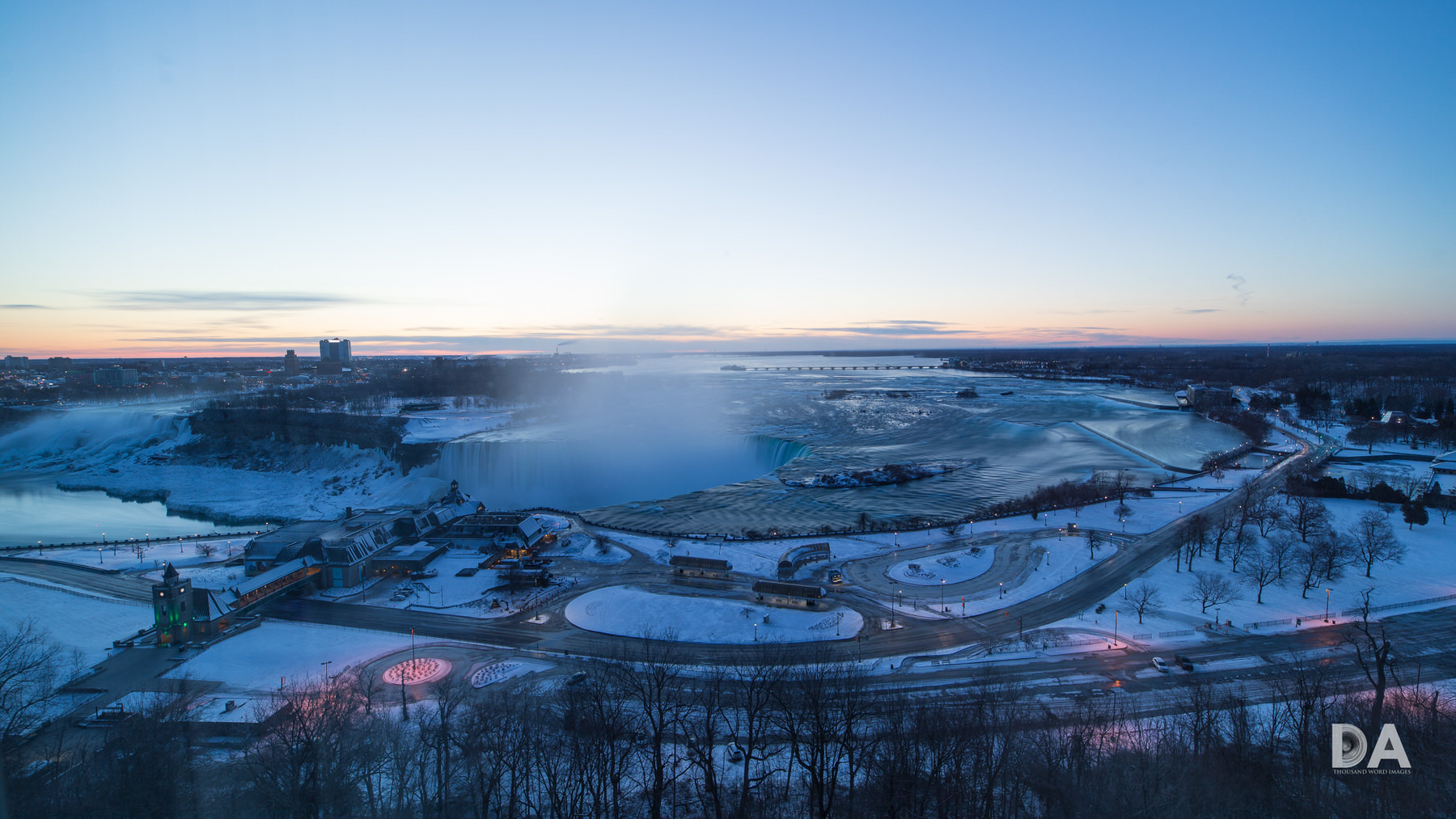

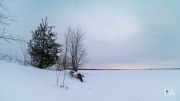

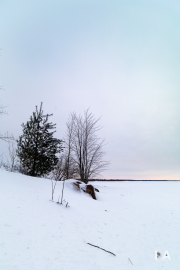
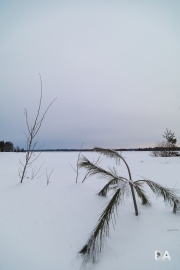
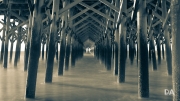
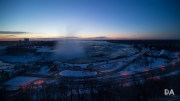


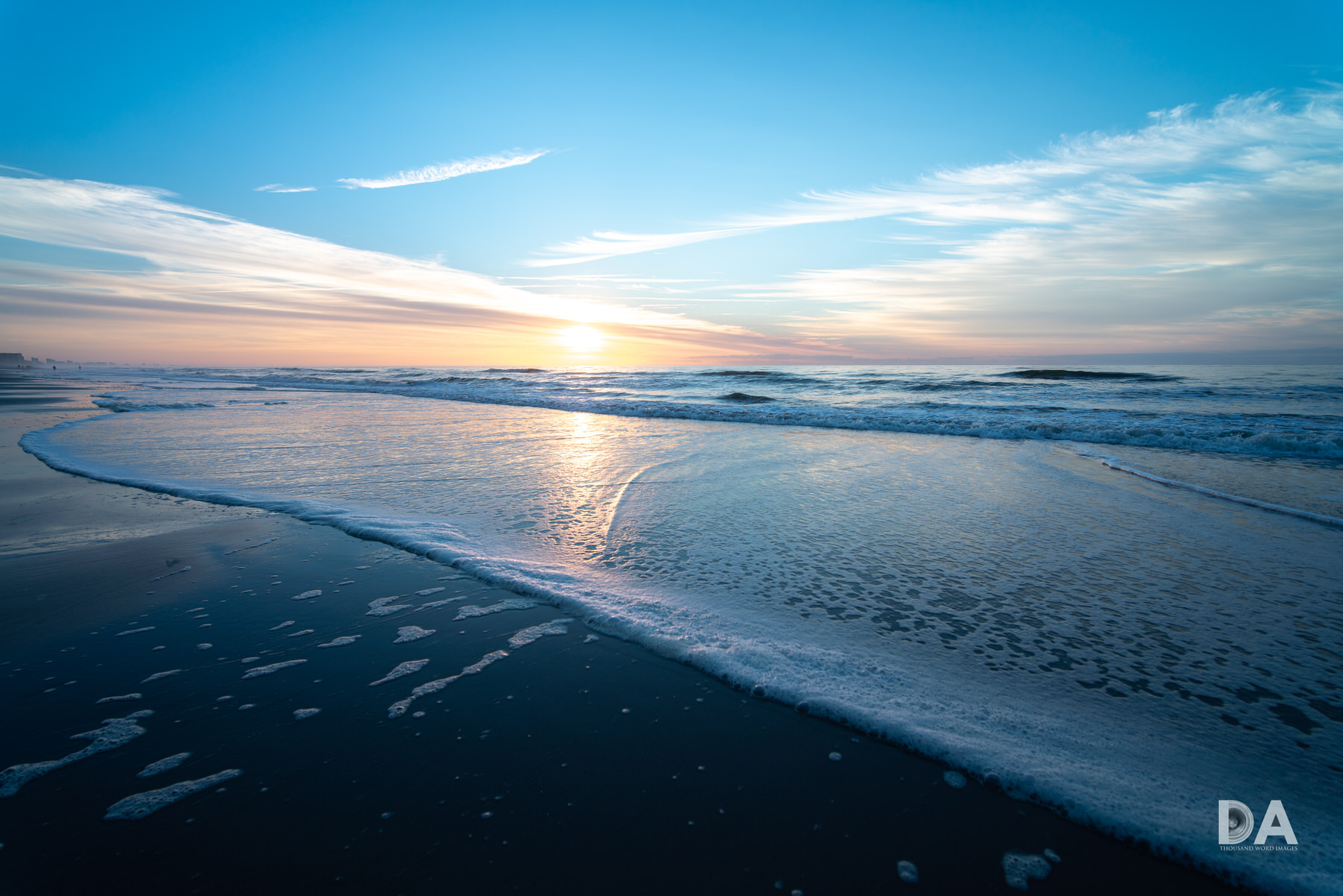
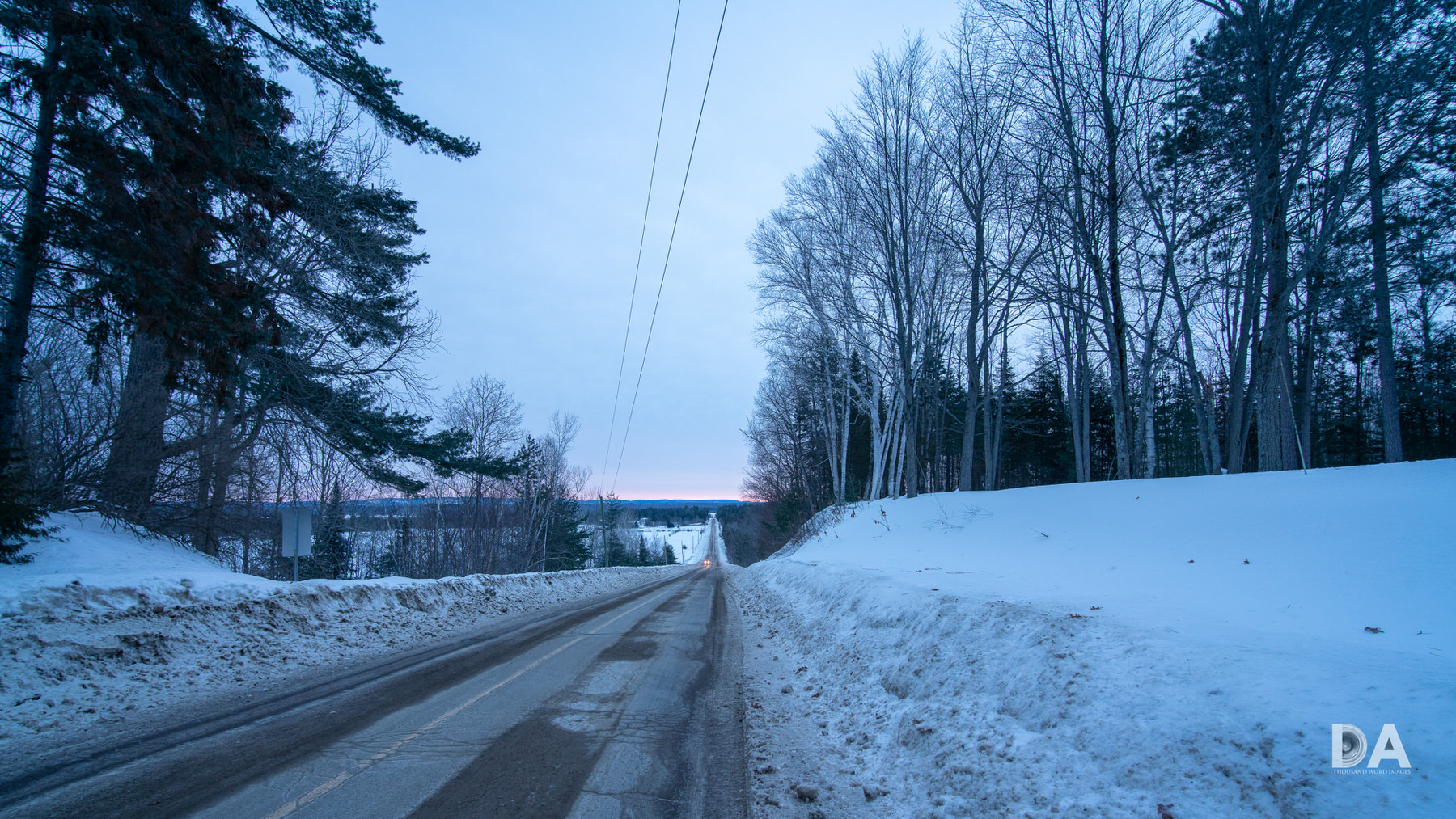






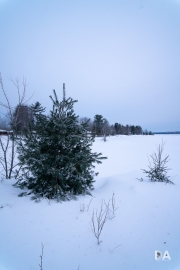





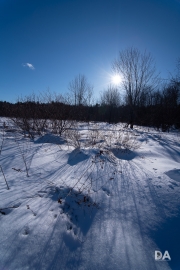

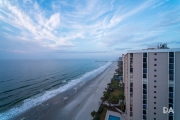
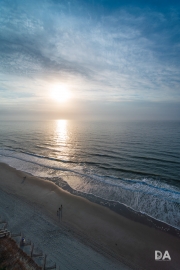








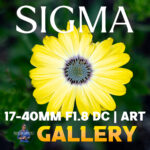 Sigma 17-40mm F1.8 DC | ART Gallery
Sigma 17-40mm F1.8 DC | ART Gallery 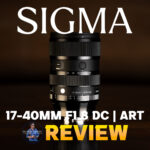 Sigma 17-40mm F1.8 DC | ART Review
Sigma 17-40mm F1.8 DC | ART Review  Viltrox Pro AF 85mm F1.4 FE Gallery
Viltrox Pro AF 85mm F1.4 FE Gallery  Viltrox AF 85mm F1.4 PRO FE Review
Viltrox AF 85mm F1.4 PRO FE Review 


